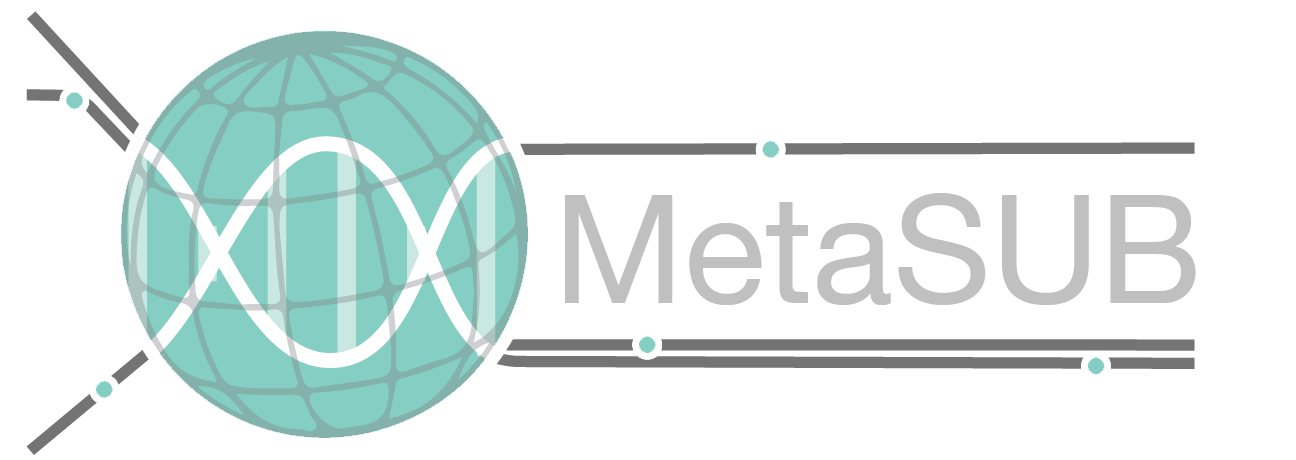Nelson Byrd Woltz (NBW)
Founded in 1985, Nelson Byrd Woltz (NBW) is a 40-person landscape architecture firm with offices in Charlottesville Virginia and New York City. Committed to education and conservation, the firm has been involved in a broad array of public and private projects including botanic gardens and zoos, public parks, private gardens and estates, academic institutions, corporate campuses, and town planning. The firm actively seeks this diversity of project scales and types to cultivate the creativity of the professional staff. The varied backgrounds of the staff include studies in the fields of landscape architecture, architecture, anthropology, biology, economics, ecology, zoology, horticulture, art, art history, and architectural history. This broad knowledge base supports the firm’s collective creativity and ability to respond to diverse client needs.
The firm’s work has garnered over 80 national and regional awards and has been widely published. Current projects include Hudson Yards in Manhattan (NY), Memorial Park in Houston (TX), Centennial Park in Nashville (TN), Coastal Maine Botanical Gardens, Cornwall Park in Auckland (New Zealand), Devonian Botanic Garden in Edmonton (Canada), and Brooklyn Navy Yard Naval Hospital Cemetery Memorial Landscape (NY). The work of the firm has been featured in numerous national and international publications and is the subject of a recently released monograph published by Princeton Architectural Press.
Mori Building Co., Ltd.
Mori Building Co., Ltd. (森ビル株式会社 Mori Biru Kabushiki Kaisha), operating as Mori Building Company, is a Japanese property management firm. Its headquarters are in the Roppongi Hills Mori Towerin Roppongi, Minato, Tokyo. Mori Building has been managing office building leases since 1955. Its focus has been in Minato, Tokyo. As of 2011, it manages 107 office facilities in Japan and China with a total of 1,160,000 square metres (12,500,000 sq ft) of space. The company built the Shanghai World Financial Centre, the tallest building in China.
Arup
The power to influence the future of the built environment carries with it a weighty responsibility. Many of Arup’s projects leave a legacy to subsequent generations: a legacy that outlasts any one individual. With 10,000 projects going on at any one time, Arup is doing the best possible job for current and future generations. Putting sustainability at the heart of its work is one of the ways in which Arup exerts a positive influence on the wider world. Shaping a sustainable future – particularly through the urban environment – will be one of the greatest challenges in the 21st century. Arup is rising to the challenge: investing in research, innovating and creating better solutions for its clients and the wider world.
MIT Media Lab
Actively promoting a unique, antidisciplinary culture, the MIT Media Lab goes beyond known boundaries and disciplines, encouraging the most unconventional mixing and matching of seemingly disparate research areas. It creates disruptive technologies that happen at the edges, pioneering such areas as wearable computing, tangible interfaces, and affective computing. Today, faculty members, research staff, and students at the Lab work in more than 25 research groups on more than 350 projects that range from digital approaches for treating neurological disorders, to a stackable, electric car for sustainable cities, to advanced imaging technologies that can “see around a corner.” The Lab is committed to looking beyond the obvious to ask the questions not yet asked–questions whose answers could radically improve the way people live, learn, express themselves, work, and play.
